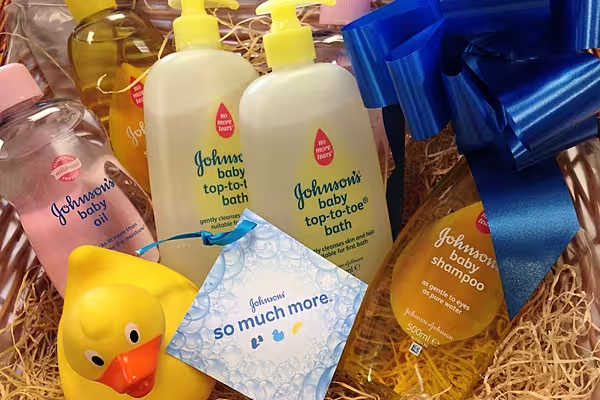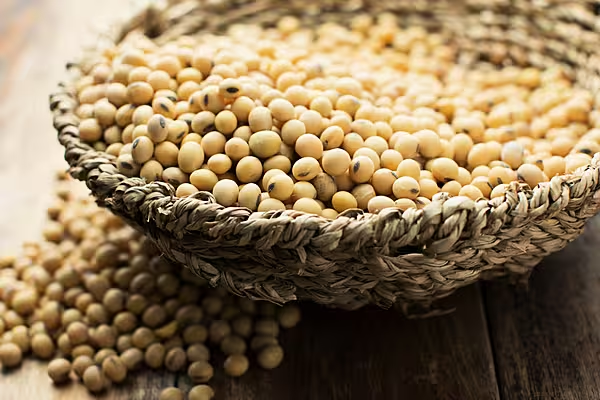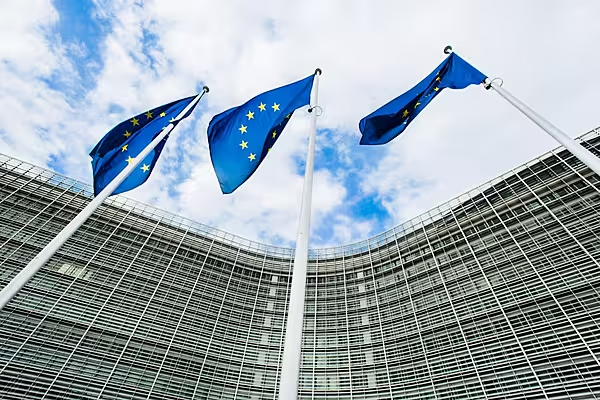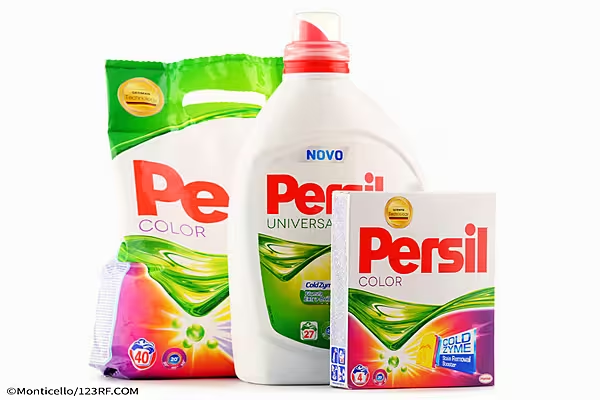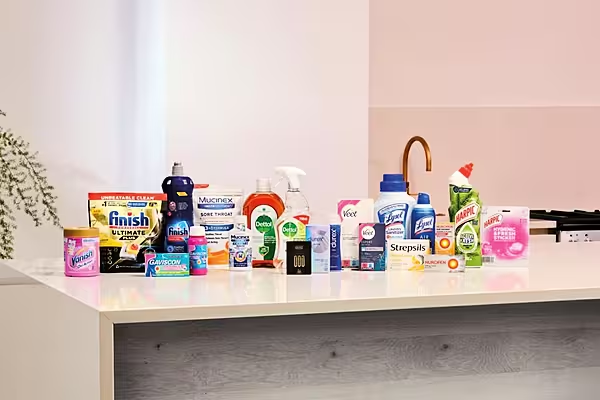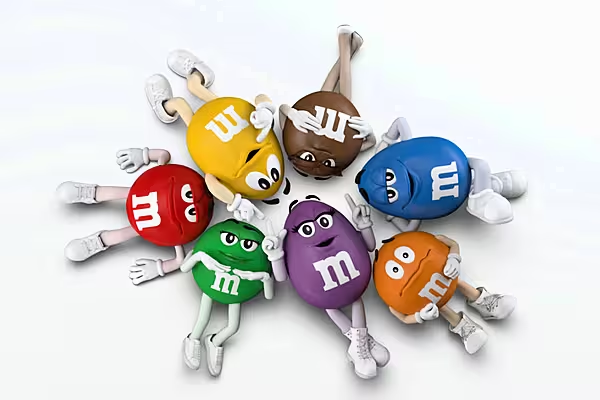Johnson & Johnson reported earnings that beat analysts’ estimates on strong sales of pharmaceuticals, the company’s biggest division.
Drugs including Stelara, a psoriasis drug, and Xarelto, a blood thinner, were among the company’s major drug products that surpassed analysts’ expectations. Pharmaceutical sales have surpassed medical devices and consumer health products to become New Brunswick, New Jersey-based J&J’s biggest division.
Earnings, excluding one-time items, were $1.68 a share, beating the $1.65 average of 20 analysts’ estimates compiled by Bloomberg. The company raised its 2016 sales and earnings forecast, saying that foreign exchange rates would increase sales.
First-quarter sales grew less than 1 per cent to $17.48 billion, compared with analysts’ expectations for $17.49 billion. Net income fell to $4.29 billion, or $1.54 a share, from $4.32 billion, or $1.53 a share, a year ago. For 2016, sales will be $71.2 billion to $71.9 billion. In January, the company projected sales of $70.8 billion to $71.5 billion. Earnings per share will be $6.53 to $6.68 a share, compared with the company’s past projection of $6.43 to $6.58.
The company’s shares rose 1.6 percent to $112.75 at 7:05 a.m. in New York trading before the market opened.
J&J may face competition for its biggest drug, arthritis treatment Remicade, after the US Food and Drug Administration this month approved a cheaper, near-copy known as a biosimilar. Rival Pfizer Inc. could launch a competitor product as early as October, according to RBC analysts.
Meanwhile, J&J has started trimming its medical devices unit, its second-biggest division by sales. In January, the company said it planned to cut about 3,000 jobs from the business, or 4 to 6 percent of positions, during the next two years.
Here’s how each unit performed:
Medical device sales fell 2.4 per cent to $6.1 billion, though would have increased 0.5 per cent without the negative effects of foreign exchange rates.
Consumer product sales fell 5.8 per cent to $3.2 billion, including a 5.6 percentage point negative impact from exchange rates.
Pharmaceutical sales rose 5.9 per cent to $8.2 billion, including a 2.6 percentage point negative impact from exchange rates
News by Bloomberg, edited by ESM. To subscribe to ESM: The European Supermarket Magazine, click here.
